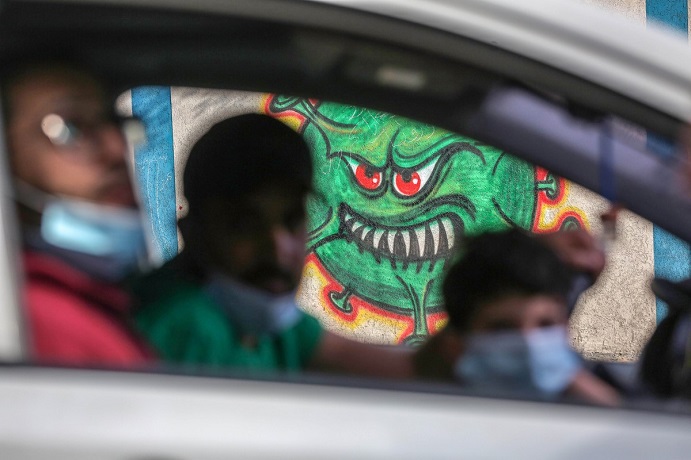OCHA / November 3, 2020
UN Office for the Coordination of Humanitarian Affairs (OCHA)
Highlights
- After weeks of declining, active COVID-19 cases rise slightly; 81 more people die.
- Over 2,400 more cases of community transmission, and another nine fatalities reported in Gaza.
- The Inter-Agency Response Plan for the oPt is 49 per cent funded.
Situation Overview
During the reporting period, some 7,500 additional Palestinians in the oPt tested positive for COVID-19, and approximately 6,750 recovered. For the first time since mid-September, there has been a rise in active cases, from 6,703 at the end of the previous reporting period, to 7,455, according to the Palestinian Ministry of Health (MoH).
These figures are believed to significantly underestimate the actual number of people who contracted the virus, due to the policy implemented in West Bank by the MoH, whereby only those showing possible symptoms, as well as travellers, are being tested, Over 500,000 laboratory samples have been tested for COVID-19 since the start of the crisis, and the positivity rate for those tested stands at around 11.1 per cent.
During this period, 81 more people died, bringing to 573 the cumulative number of fatalities due to the virus, 536 in the West Bank, including East Jerusalem, and 37 in the Gaza Strip. The case fatality rate in the oPt remains low by global standards at 0.9 per cent. Thirty-five patients are in intensive care units (ICU), seven of whom require mechanical ventilation, according to the MoH.
The Hebron governorate and East Jerusalem account for nearly 50 per cent of cumulative cases since the start of the pandemic, although at present, the Gaza Strip has the largest share of active cases (34 per cent).
In Gaza, the authorities have further eased the lockdown measures imposed in August, including a further re-opening of schools, although a night curfew remains in place. In the West Bank, movement and activities have been largely restored, except for specific localities that recorded a surge in COVID-19 transmission. In Israel, the state of emergency, applicable also to annexed East Jerusalem, has been extended until 3 January 2021, although the government continues with a phased easing of restrictions.
Since the start of the school year, in early August in Gaza, and early September in the West Bank, more than 170 schools throughout the oPt have temporarily closed, either fully or partially, ranging from one day to 14 days of closure, following the health protocols for confirmed COVID 19 cases among pupils or school staff. This is imposing additional challenges to ensuring continuity of face-to-face education.
Read the full report
https://www.ochaopt.org/content/covid-19-emergency-situation-report-21













